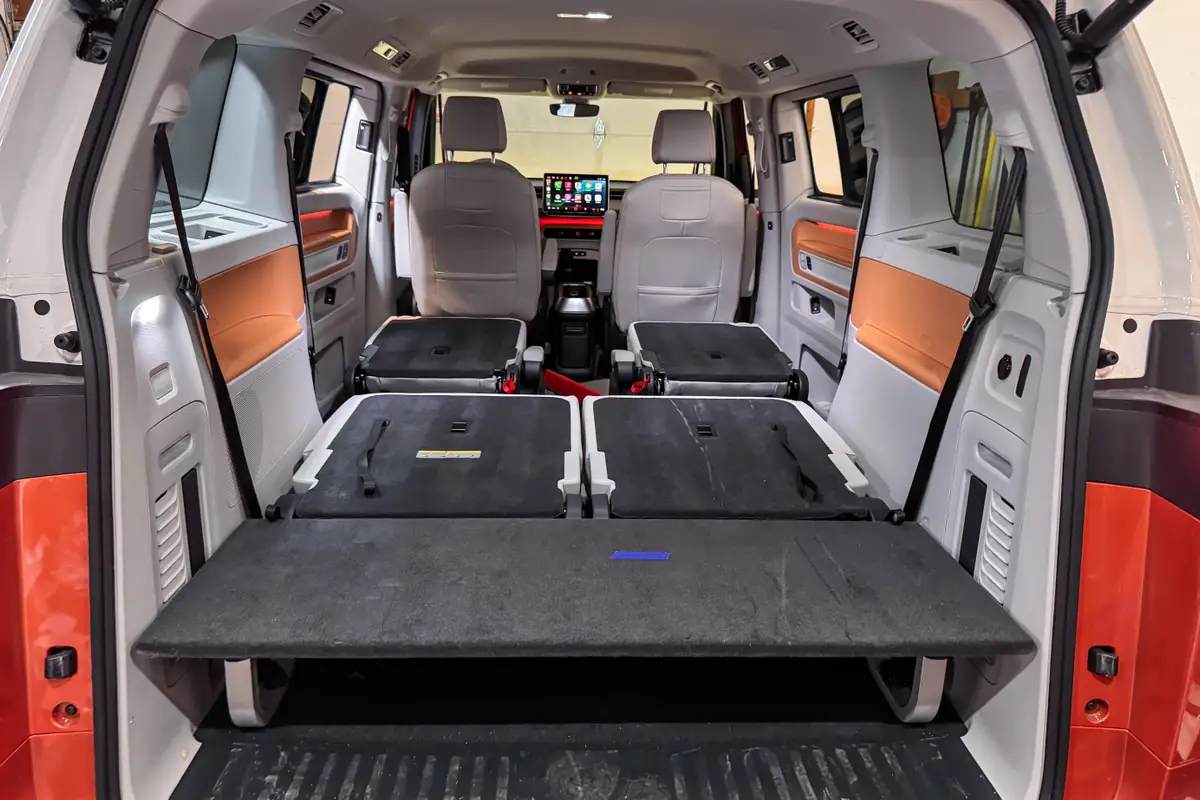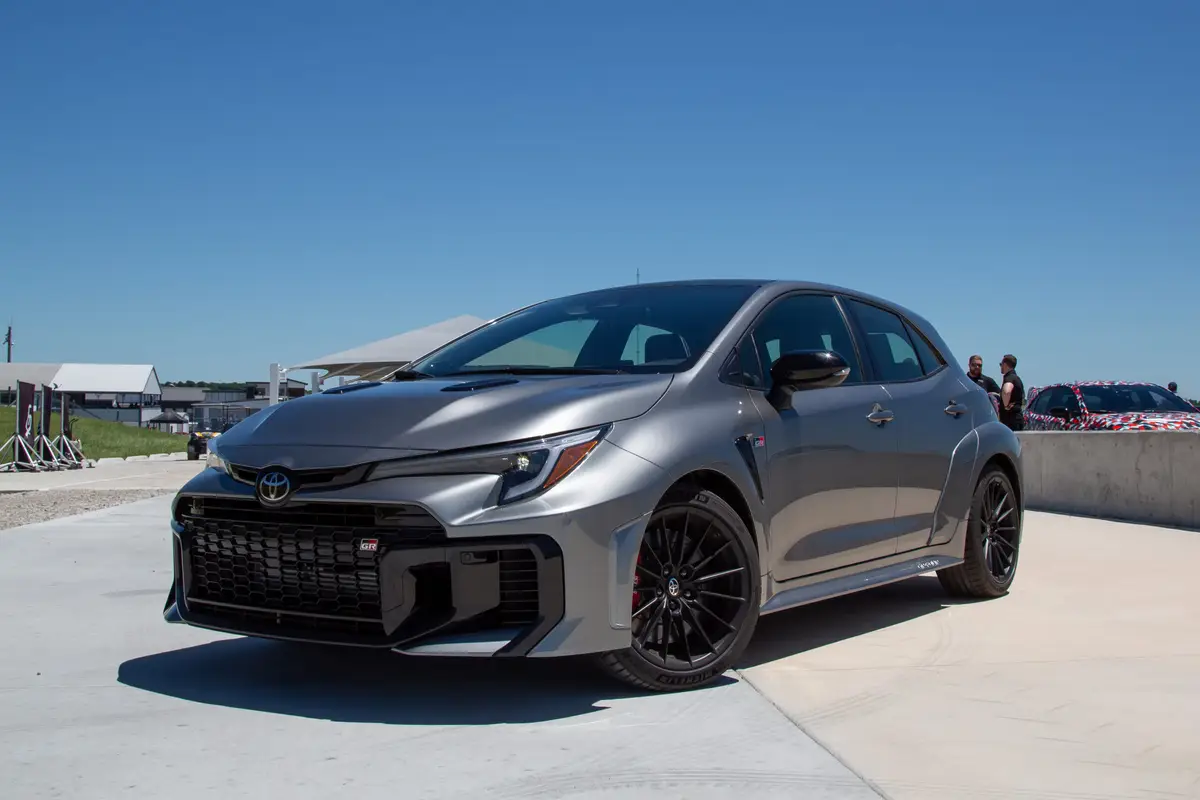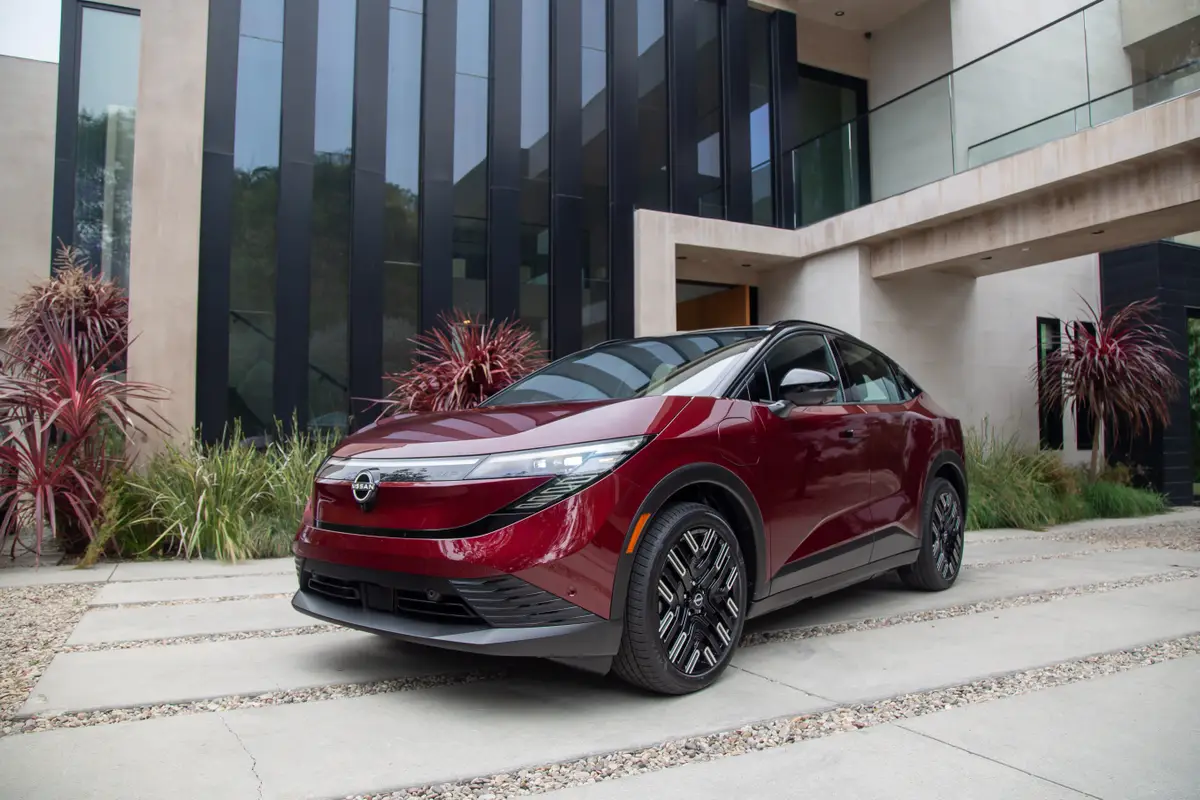Zipper Merge Fans, Foes Let Fly on Facebook

CARS.COM — The zipper merge, like how to pronounce “GIF” and whether pineapple belongs on pizza, is one of those things that nobody seems to agree on — but everyone loves to argue about. One thing we can all agree on, though, is that Facebook is often the forum of choice for such contentious matters to be debated.
Related: As States Fall in Line, Does Zipper Merge Still Push Drivers’ Buttons?

The zipper merge is designed to keep traffic flowing through a lane reduction, often around road construction or an accident. A Cars.com Driving Smart TV segment on the zipper merge sparked conversation on social media by stating that late mergers — drivers who wait until the reduction point to merge — are zipper merging correctly and are not just selfish jerks.
Some commenters on Facebook did not agree:

While others were glad to see their merging behavior validated:
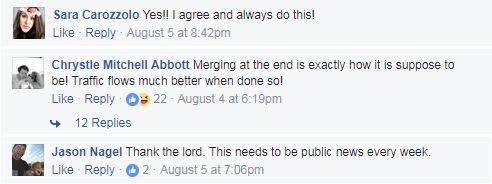
What makes the zipper merge such a hot-button issue is that the maneuver calls for drivers to stay in their lanes until they reach the reduction point — instead of moving into one lane as early as possible — and then taking turns merging, like closing a zipper. Many Facebook users commented that late mergers are not doing it correctly and that forming a single lane of traffic well ahead of the reduction point allows for faster flow:
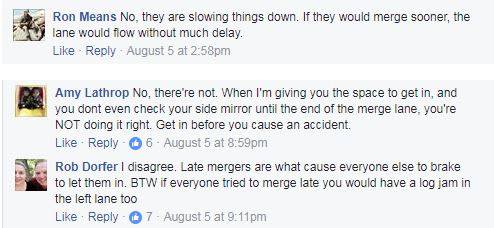
For permanent lane closures on the highway, instead of temporary closures around work zones or accident sites, drivers may be encouraged to merge well ahead of the closure so that traffic can continue moving at highway speeds. Zipper merges, however, are often used in already-congested areas to manage backups, which can be made worse by drivers lining up in one lane too early.
Studies conducted by state and federal transportation agencies across the country show that implementing the zipper merge reduces traffic through construction zones by as much as 15 percent — and reduces the total length of backups by up to 75 percent.
The difference of opinion concerning the zipper merge points to a lack of awareness that may be helped by teaching the maneuver in driving school programs:

Perhaps with more education around the zipper merge, drivers will think of late merging as proper procedure instead of cutting in line:
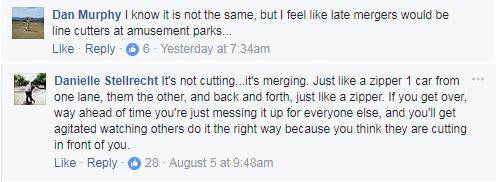
The idea that late mergers are doing the maneuver right instead of being rude and selfish is news to many, leading some Facebook commenters to regret chastising their significant others:

The source of some commenters’ outrage is not the zipper merge itself, but the drivers who exploit a lane closure to speed ahead:
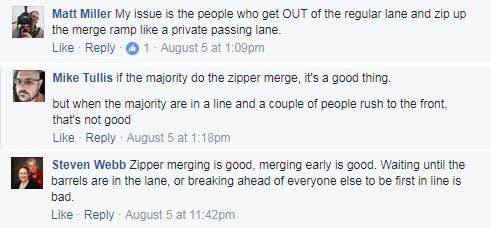
Important to the effectiveness of the zipper merge is that clear signage is used to let drivers know that they should wait until the reduction point to get over. Signs that read “use both lanes,” “merge ahead” and “take turns” make it clear that a zipper merge is in effect. The thing about signs, though, is that they don’t work unless drivers obey them:
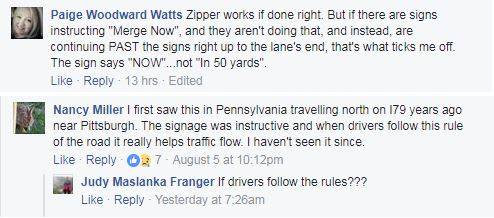
In addition to reading road signs, drivers should be conscientious and signal their merge properly:
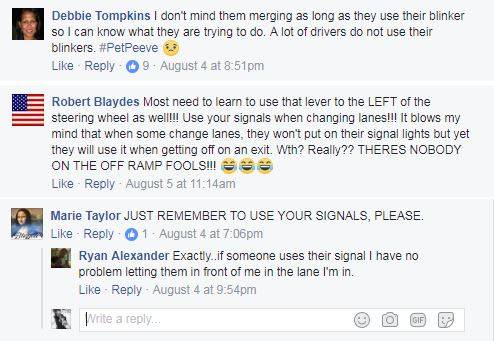
Patience is key in any merging situation, and going with the flow is paramount. When drivers cooperate and take turns at a zipper merge, traffic flows steadily and backups are reduced.

To watch more Driving Smart videos, click here, or check out what stations near you broadcast them.
Featured stories
